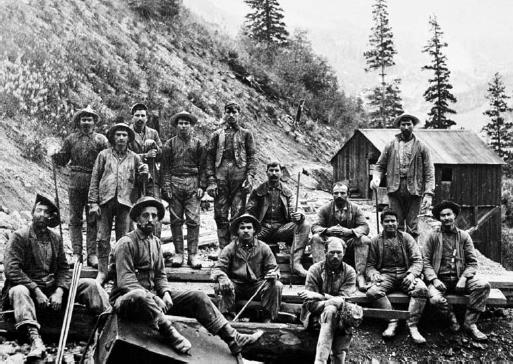The richest silver mine in the United States, the Comstock Lode was also plentiful in gold. The ore deposit was found in 1857 at Mount Davidson in western Nevada, about 16 miles southeast of Reno. The discoverers, Ethan Allen Grosh and Hosea Ballou Grosh, died before they could record the claim. American prospector Henry T. P. Com-stock (1820–1870) laid claim to the lode in 1859, but later sold it for an insignificant amount compared to what it was worth. The mine flourished until 1865 and again between 1873 and 1882, when the “Big Bonanza,” a super-rich ore vein, yielded more than $100 million. By 1882 the mine had yielded $397 million in ore and had produced half the United States’ silver output during the period. Western Nevada had become a hotbed of mining activity, attracting numerous prospectors. Among those who made their fortune from the Comstock Lode was American mining magnate and future senator George Hearst (1820–1891). He used his fortune to buy the San Francisco Examiner in 1880, which was taken over by his son, American newspaper publisher William Randolph Hearst (1863–1951), seven years later. Virginia City, established in 1859 at the site of the discovery, became one of the West’s boomtowns during the late 1800s. By 1898 the mines at the Comstock Lode were all but abandoned: Wasteful mining methods and the demonetization of silver brought its demise.

Miners in Colorado, 1880. Gold rushes led to a mass migration of prospectors to the American West and spurred the growth of such cities as San Francisco and Denver.

